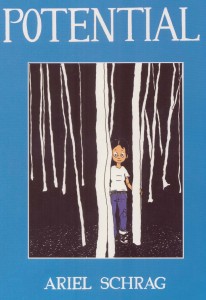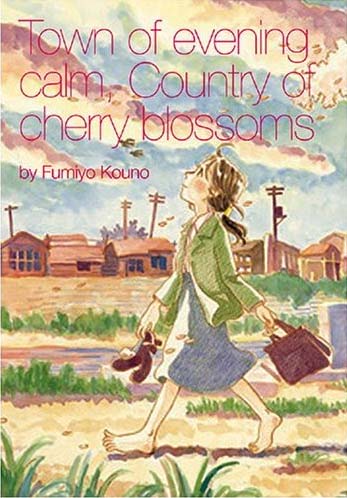The following article on Miguelanxo Prado’s Streak of Chalk was written about 15 years ago soon after the release of its English translation. It has never been published and I assumed the manuscript had been lost up till a few months back when I discovered it in a stack of old ring folders.
While Prado is probably best known in the U.S. for his work on Sandman: Endless Nights, this was the book which brought him to the attention of Europe and to a lesser extent the American comics cognoscenti. The mid-90s was a relatively fallow period for European comics in translation. They were certainly being released, but in such numbers that Prado’s book seemed like an oasis (this being no testament as to the actual quality of the water). This situation hasn’t changed significantly in the intervening years with a mere trickle of translated works emerging from that side of the Atlantic. A large number of important comics of European origin have never been translated or are long out of print. There simply isn’t a market for them much less any related critical writing.
In the article that follows, I’ve focused largely on the symbols and allegories found in Streak of Chalk but there are a few other elements that bear looking into: the dualism and unity of the two female protagonists; the recursive imagery; and the metatextual elements.
Streak of Chalk won the prize for Best Foreign Comic at Angoulême in 1994.





